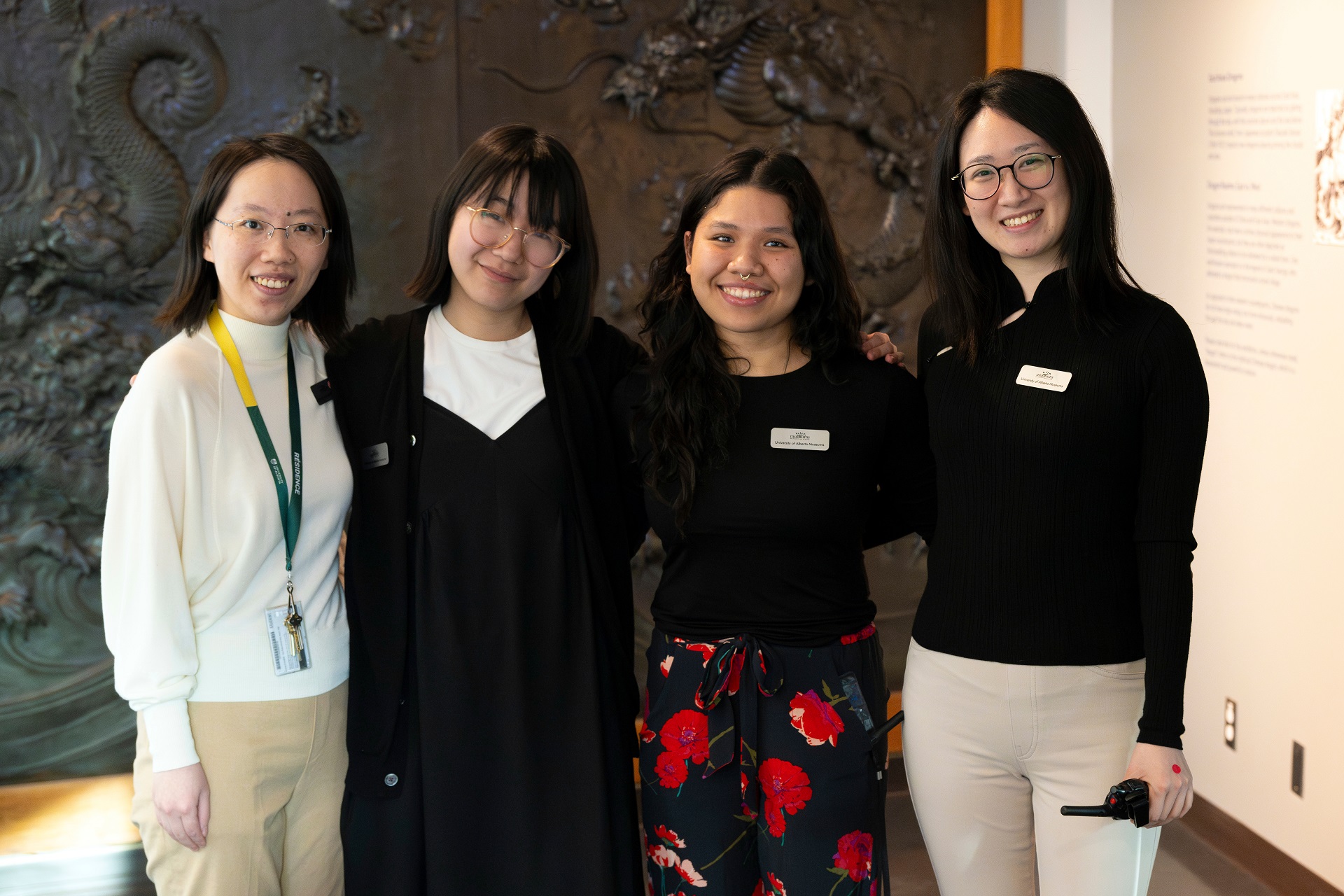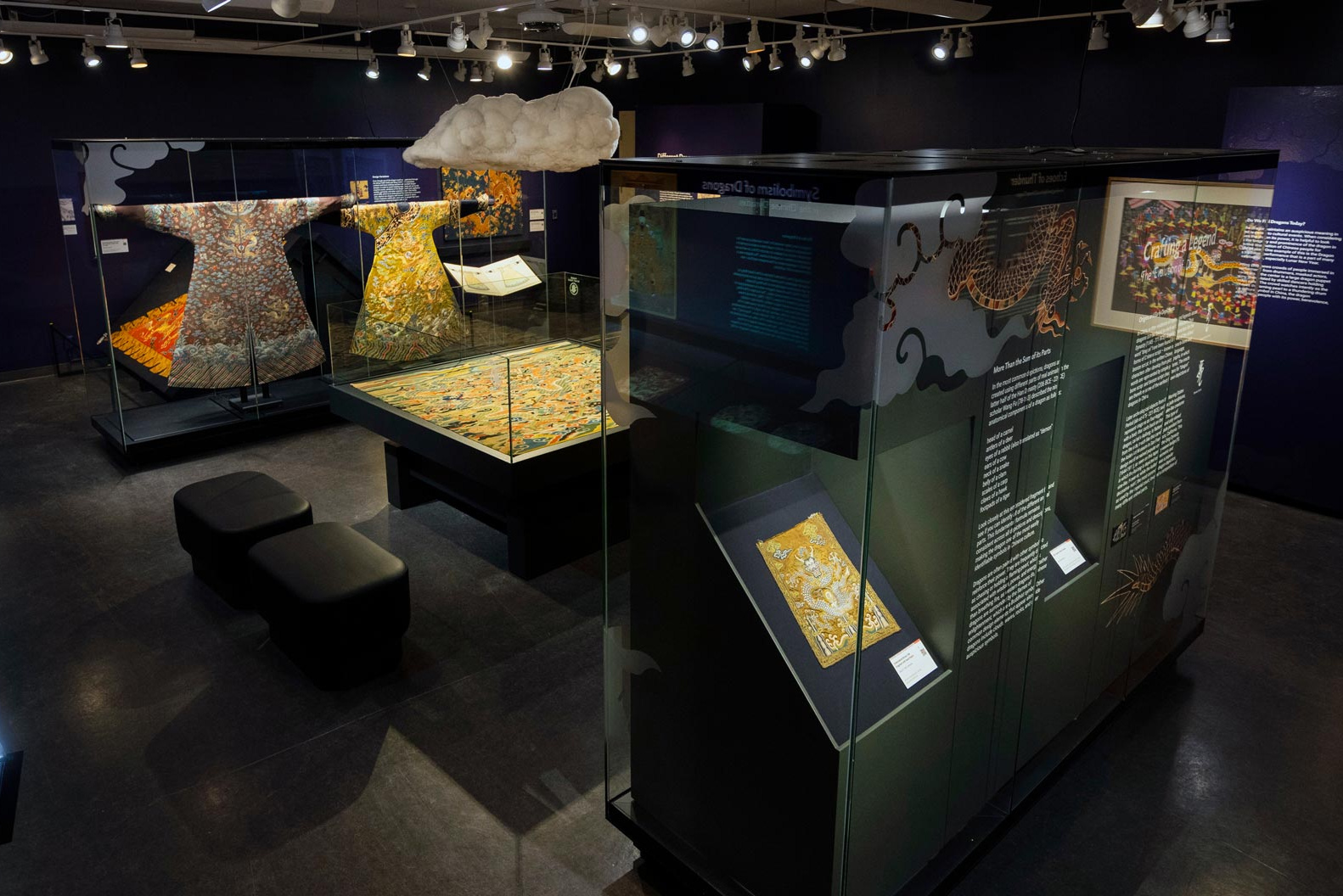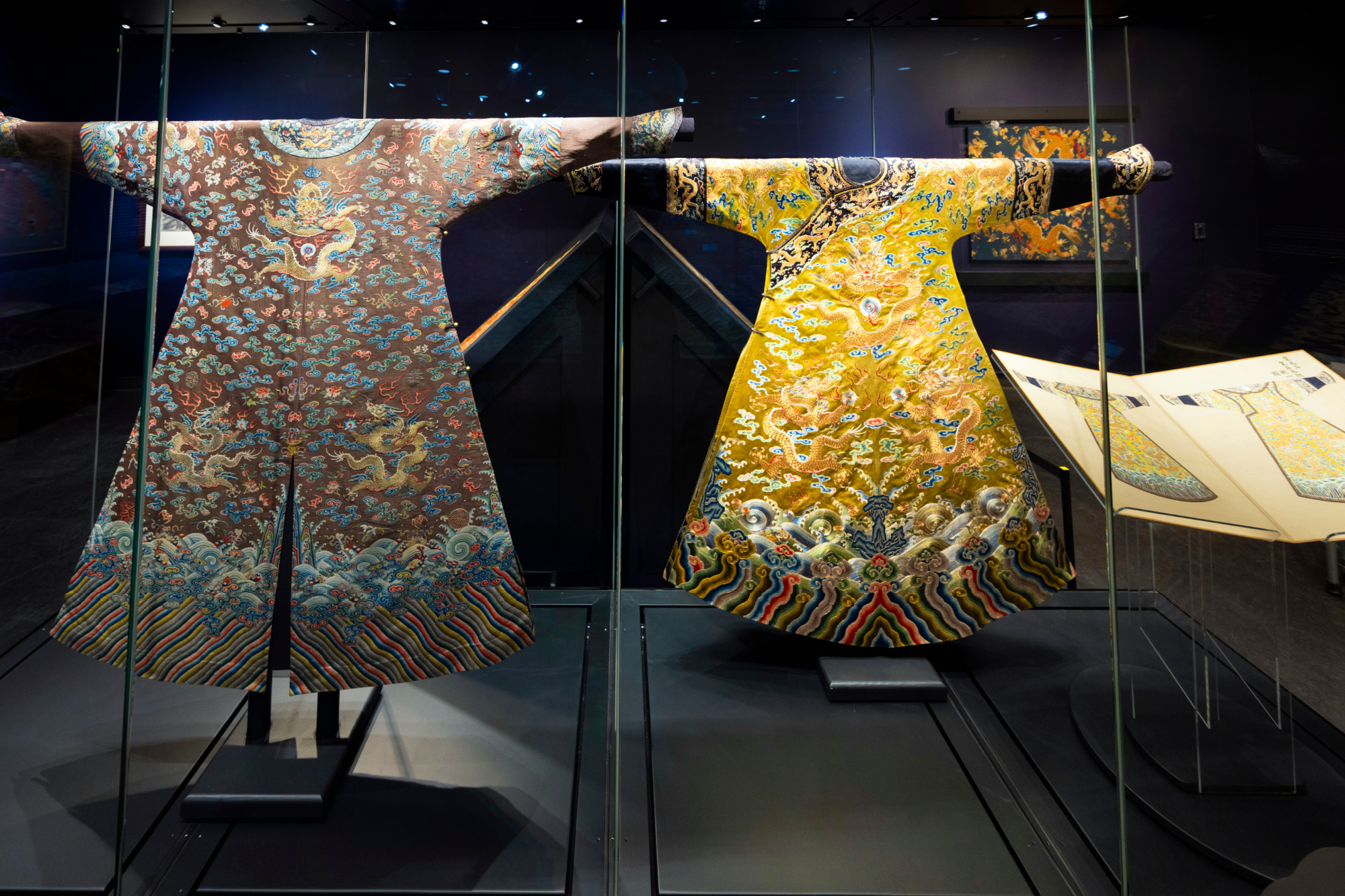Taking Care of Basics

When I first stepped into the E.H. Strickland Entomological Museum, I was met by tables covered in pinned specimens. Butterflies with gorgeous multi-coloured wings and beetles in various shades of emerald green quickly caught my eye, pinned in place inside a frame. They were exactly what I had pictured when I found out I was working in the entomology collection this summer.
I was pleasantly surprised however when I was introduced to what I was actually going to be working on for the next two weeks: the Freshwater Invertebrates Collection. An estimated 4,000 small glass vials stoppered with rubber corks fill trays in large wooden drawers, tucked away in an adjoining room for fire safety. The term ‘freshwater invertebrates’ is used to describe species lacking a backbone that spend most of their life cycle in freshwater - this includes shrimp, crayfish, molluscs, and worms. Despite their relatively small size, these vials have an important purpose. The vials provide evidence that the specimens inside were at a specific place at a specific point in time. This is a crucial tool for determining how Alberta's freshwater ecosystems will be affected by oil sands development and climate change, because they can be used to compare the biodiversity of the ecosystem in the past versus the present.
Many of these specimens needed conservation work to ensure that they remain properly preserved in ethanol, which is used to protect soft-bodied insects from rotting (a similar process can be used for terrestrial insects as well). For the first week, I spent most of the time checking vials for two things:
- low levels of ethanol in the vials, and
- discolouration of the ethanol.
The following week was spent refilling the vials that were low, which ensures that the specimens are fully covered and preserved for the future; due to time constraints, the discoloured vials were simply noted for reference to be completed at a later date. It was during this process that I encountered a hazardous chemical commonly found in invertebrate conservation settings: formalin.
Hidden Hazards in Museum Collections
Museum collections come in many shapes and sizes, with objects from all over the world, from prehistoric times to present day.1 What may surprise some people though, is that these collections may also pose a threat to human health.
Hazards in museum collections mainly stem from three sources:
- the nature of the material (e.g., dormant diseases in animal remains),
- the way material deteriorates over time (e.g., asbestos), and
- procedures carried out on objects in the past (e.g., toxic pesticides).
Some common hazards include chemicals, mould, radioactive material, and biological hazards. These hazards can be absorbed into the body in a variety of ways, such as inhalation, absorption through the skin, and ingestion.
During my two weeks spent working in the Freshwater Invertebrates Collection, I came across many vials containing formalin. Formalin (also called formaldehyde) was historically used to preserve specimens as it is an excellent fixative, meaning it stabilizes biological material. However, formalin is a toxic carcinogen, making it hazardous for human health. Formalin can be easily identified during the refilling process, because it turns cloudy when mixed with ethanol.
To protect from the danger of formalin, I wore nitrile rubber gloves, a lab coat, and safety glasses. This was my first experience handling hazardous museum materials, and will likely not be my last. The hidden hazards of museum objects and specimens add another layer of complexity to the long-term preservation and care of collections. Over the past century, there has been a rapid advancement of health and safety measures. For University of Alberta Museums, many of which are dealing with objects and specimens from the 20th century, the past poses a threat to the present. Next time you are admiring some preserved parasites, 19th century silks, or a medieval painting, consider what hazards they might possess, and what measures were taken behind the scenes to make them safe for museum purposes.

1 Allyson Rae, “Hazards in Museum Collections: a Collections Care How To Guide,” Norfolk Museums and Archaeology Service, 2012, https://collectionstrust.org.uk/wp-content/uploads/2016/11/SHARE-Museums-East-How-To-Guide-to-Hazards-in-Museum-Collections.pdf.



